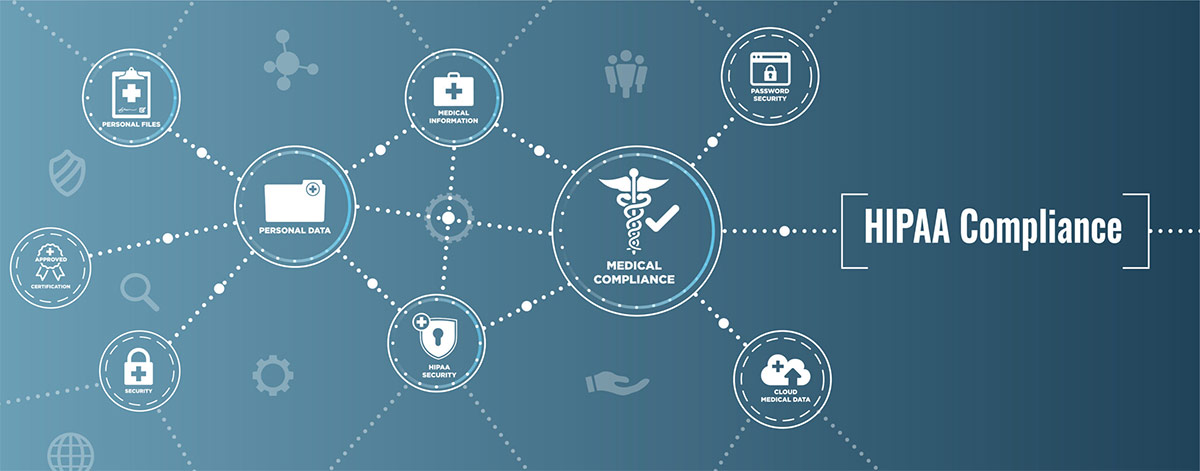In the modern medical arena, information lies at the forefront of every patient interaction and subsequent diagnostic procedure and ensuing treatment. Access to appropriate information is essential at every phase of the medical process. Nowhere is this more important than in amassing imagery and data pertaining to diagnostics secured through devices utilized in the forensic exam and OBGYN . Sensitive information needs to be obtained, yet it’s also essential that it be handled with the utmost care at every phase of diagnostics and subsequent treatment.
At Lutech, we take our role as a leader in designing and manufacturing state of the art Colposcopes seriously, and with the highest degree of sensitivity that it deserves. Security and the protection of information gained through the application of our LT-300 SD and LT-300 HD digital video colposcopes and forensic exams are of paramount importance. In fact, our dedication to security and sensitivity isn’t merely an afterthought; it’s built in to every device we design and bring to market.
With patient privacy woven into our company culture, we consider confidentiality and security to be among our highest priorities. Information derived from every colposcopy procedure is staunchly protected and remains within the purview of physicians, and can only be divulged with express permission of the patient. In accordance with mandates stipulated in the Health Insurance Portability and Accountability Act, or HIPAA, passed by the U.S. Congress and signed into law in 1996, medical information is shielded from unapproved parties at every phase of the diagnostic procedural process. At Lutech, we have taken significant steps to protect patient privacy and to secure information — long before our devices reach the hands of medical diagnosticians.
For example, our colposcopy devices have been engineered and manufactured without an internal memory. This is by design. With no internal memory, sensitive information cannot be stored where it might inadvertently be accessed by unapproved parties. This obviates any risk or threat that protected information ends up in the wrong hands, by utilizing the information security and firewall protections that are already in place at the institution, our products exceed the stringent requirements of HIPAA — and those of the most secure medical diagnostic and treatment facilities.
In addition, the digital imagery obtained from our colposcopes are uploaded and stored on the medical facility’s secure network, then transmitted from there to Electronic Medical Records. This process protects sensitive digital files from intrusion by unauthorized parties. It also eliminates the cumbersome process of storing sensitive data on cloud systems. This process saves time, heightens efficiencies, and keeps data safe yet highly accessible.
IT professionals at medical facilities around the country spend countless hours and devote massive resources to ensuring that their data systems are impenetrable. With this in mind, Lutech works in tandem with these facilities to store and maintain sensitive information on their protected servers. This reinforces the security and protection of sensitive digital files, while keeping pertinent information accessible only to approved parties.
The process of storing sensitive data on medical facilities’ servers has another benefit: It saves critical time by eliminating cumbersome processes that some device manufacturers rely upon in storing and accessing sensitive information. Further, Lutech’s data storage protocols also save time compared to older processes of actually drawing the cervix, then scanning the drawing into the Electronic Medical Records. Storing accurate imagery in a secure environment is vastly superior to these older methodologies. The result is that diagnostic imaging from our devices remains highly secure, protected, yet of impeccable quality and within easy access of authorized medical personnel.
Lutech remains at the forefront, not merely in terms of the latest technologies, but in the important realm of data protection and patient confidentiality in healthcare. When the highest technological innovations in medical imaging and recording are combined with stringent security procedures, it’s a major step forward in efficient diagnostics, as well as in data security and protection.


